enjoy rome

From historic splendour and architectural marvels to cultural hotspots, Rome has it all. Go ahead and choose.
attraction

Pantheon
The Pantheon (meaning "[temple] of every god") is a former Roman temple, now a church, in Rome, on the site of an earlier temple commissioned by Marcus Agrippa. The present building was completed by the emperor Hadrian and probably dedicated about 126 AD. He retained Agrippa's original inscription, which has confused its date of construction as the original Pantheon burnt down so it is not certain when the present one was built.
The building is circular with a portico of large granite Corinthian columns under a pediment. A rectangular vestibule links the porch to the rotunda, which is under a coffered concrete dome, with a central opening (oculus) to the sky. Almost two thousand years after it was built, the Pantheon's dome is still the world's largest unreinforced concrete dome. The height to the oculus and the diameter of the interior circle are the same, 142 feet (43 m).

Fontana di Trevi
The Trevi Fountain is a fountain in the Trevi district in Rome, Italy, designed by Italian architect Nicola Salvi and completed by Pietro Bracci. Standing 26.3 metres (86 ft) high and 49.15 metres (161.3 ft) wide, it is the largest Baroque fountain in the city and one of the most famous fountains in the world. The fountain has appeared in several notable films, including Federico Fellini's La Dolce Vita and the eponymous Three Coins in the Fountain.
The fountain at the junction of three roads (tre vie) marks the terminal point of the "modern" Acqua Vergine, the revived Aqua Virgo, one of the aqueducts that supplied water to ancient Rome. It served Rome for more than 400 years.
An estimated 3,000 Euros are thrown into the fountain each day. The money has been used to subsidise a supermarket for Rome's needy; however, there are regular attempts to steal coins from the fountain although it is illegal to do so.
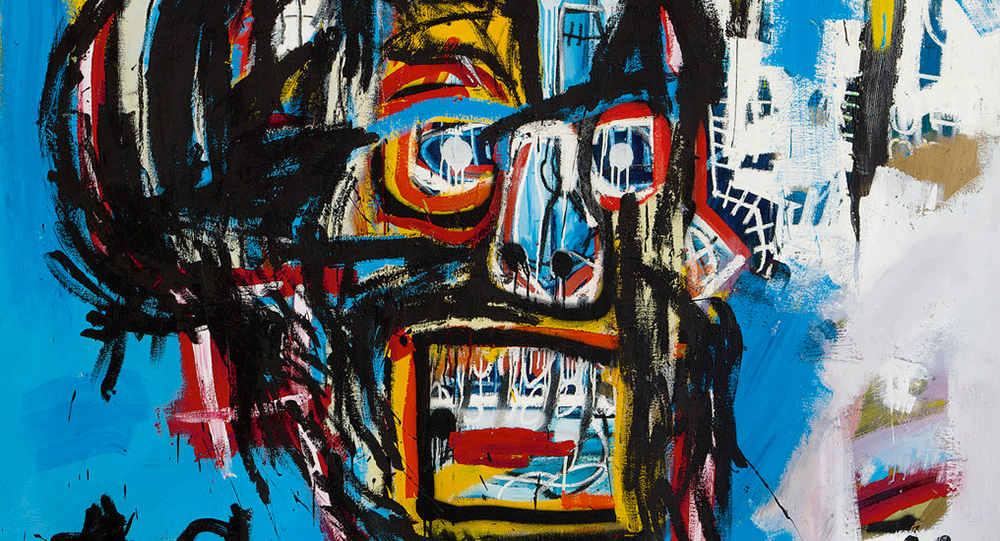
basquiat a roma
The Chiostro presents an impressive exhibition of the works of Jean-Michel Basquiat chosen from the Mugrabi Collection, one of the world’s largest collections of contemporary art. There are about 100 works in the Jean-Michel Basquiat Exhibition: acrylics and oils, drawings, important collaborative works with Andy Warhol, silkscreen prints and ceramics produced between 1981 and 1987
dining
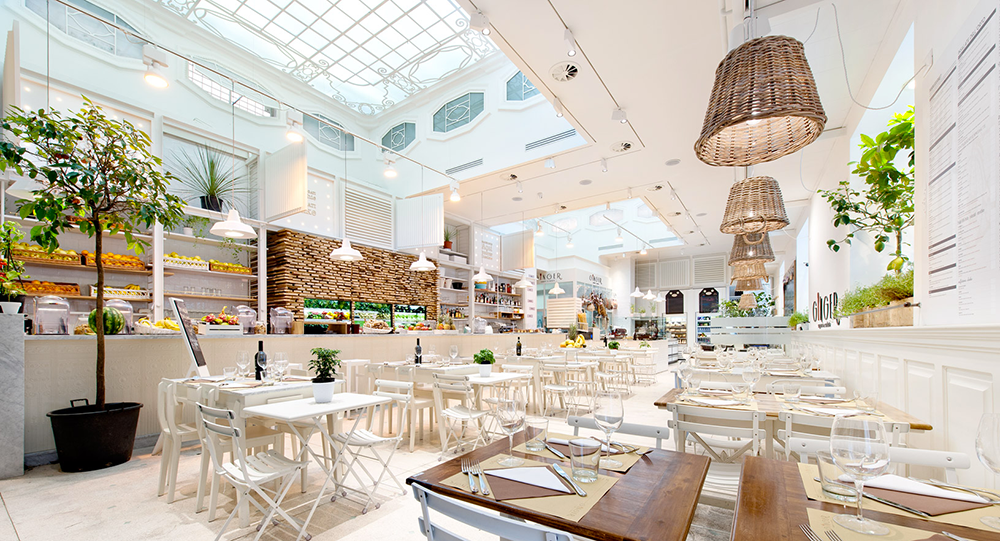
Ginger Sapori e Salute
Created in 2012 with the aim to put together health and taste, Ginger Sapori e Salute is the place for a healthy diet from breakfast till dinner. If you are looking for a complete breakfast to start your day or for a quick snack with a smoothie, some fruit or a milkshake, if you want a relaxing lunch or dinner, or a quick sandwich to take away, Ginger has what you need and cares about your health and diet. Our menu is veggie friendly: 80% of our dishes are plant-based and we also have lots of raw specialties.
Local products, exotic fruit, seasonal vegetables, fresh meat and fish and the extra-virgin oil that we produce at our Le Masciare farm: everything is carefully selected to offer you the best for your body. We just love good food and that's why we handpick every single supplier, trying to find the best products from organic and sustainable agriculture. We produce an excellent wine and we have a small selection of organic, natural and conventional wines coming from all the different Italian regions.
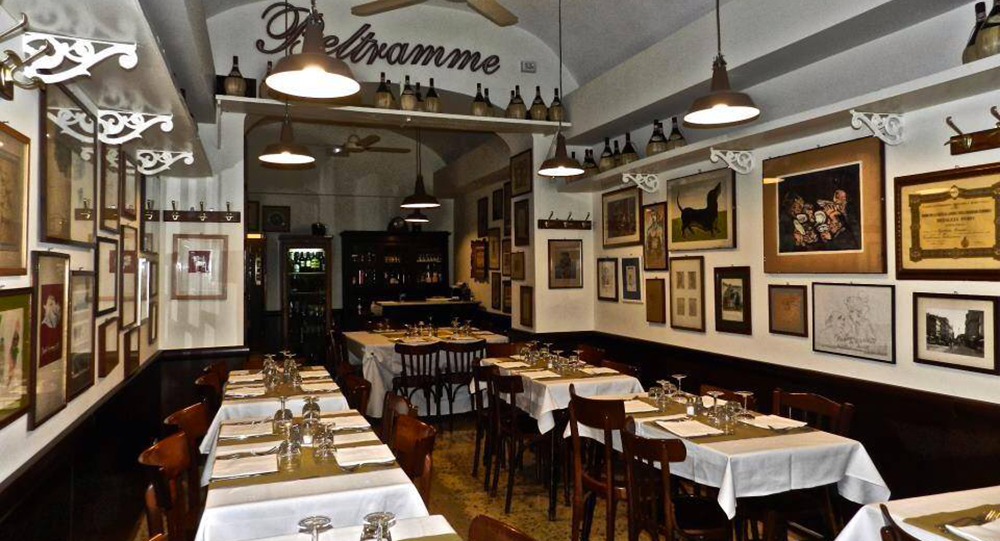
Fiaschetteria Beltramme
The place has a history that dates back to 1886, when it opened as a simple wine store. In the ’30’s a young waiter started working there, and it was Cesaretto who transformed it into more of a food centric place. In the 1960’s the cozy place was the preferred hangout for artists like De Chirico and Schiffano, writers like Moravia and film makers like Pasolini and Fellini. In fact, some of the original doodles by patrons still hang on the walls.
The antipasto misto is good, as is the rigatoni al cesaretto (al dente pasta topped with arugula, cherry tomatoes, mozzarella, olive oil, and herbs) and the classic bucatini all'Amatriciana (hollow "spaghetti" sauced with tomatoes, guanciale (cheek bacon), onions, and a dash of hot peppers).
The secondi are traditionally basic, like bollito misto (mix of boiled meats) and abbacchio scottadito (spring lamb so good it's name says you'll "burn your fingers" in your haste to eat it).
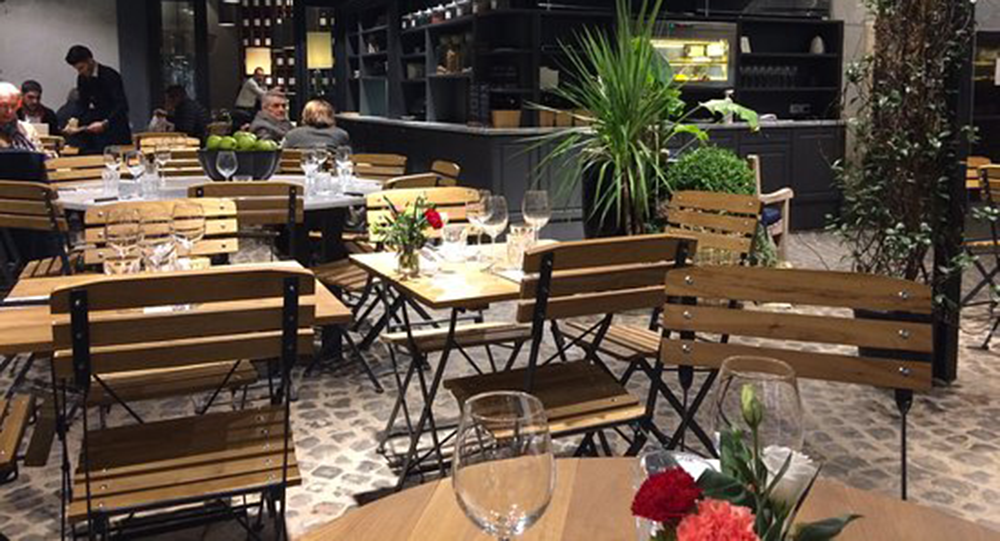
Hosteria del mercato
In a Renaissance garden very close to the Spanish Steps, an all day long address for food lovers is a restaurant, organic juice bar, cocktail bar, and bio food market. To enjoy on-the-table or take away 100% strictly natural, organic and sustainable products.
For lunch and dinner you can choose the great classics of Roman cuisine (Amatriciana, carbonara, roma pizza) with bio contamination, salads and light dishes or strictly vegetarian and vegan proposals. Every day, Hosteria also offers out-of-the-way plates following seasonal products. Finally a rich wine cellar of organic and natural wines. For those in a hurry there is also the take-away service.
shopping
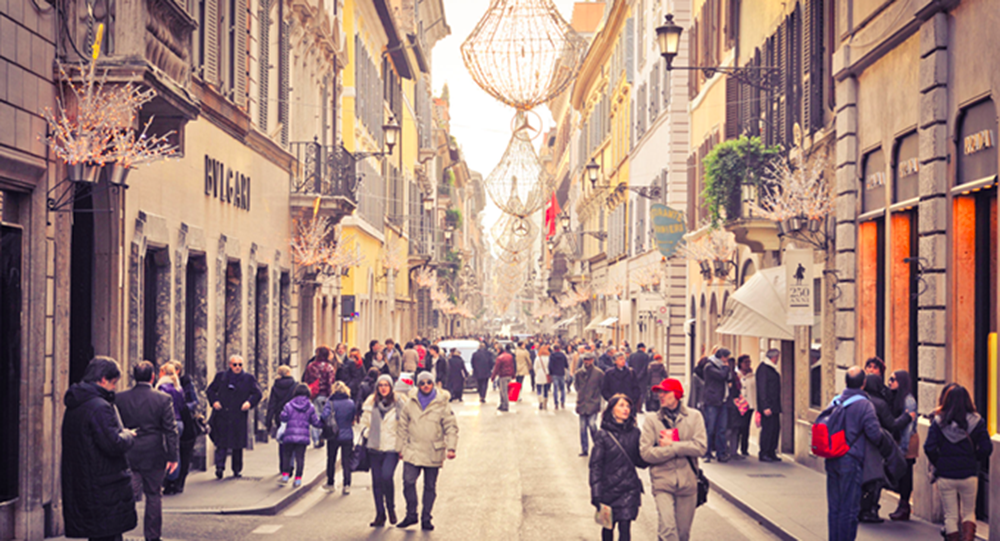
Via Condotti
Via Condotti is a busy and fashionable street of Rome. In Roman times it was one of the streets that crossed the ancient Via Flaminia and enabled people who transversed the Tiber to reach the Pincio hill. It begins at the foot of the Spanish steps and is named after conduits or channels which carried water to the Baths of Agrippa. Today, it is the street which contains the greatest number of Rome-based Italian fashion retailers, equivalent to Milan's Via Montenapoleone, Paris' Rue du Faubourg-Saint-Honoré, Florence's Via de' Tornabuoni or London's Bond Street.
Caffé Greco (or Antico Caffé Greco), perhaps the most famous café in Rome was established at Via dei Condotti 86 in 1760, and attracted figures such as Stendhal, Goethe, Byron, Liszt and Keats to have coffee there.
Via Condotti is a center of fashion shopping in Rome. Dior, Gucci, Valentino, Hermès, Armani, Jimmy Choo, La Perla, Prada, Salvatore Ferragamo, Furla, Burberry, Céline, Dolce & Gabbana, Max Mara, Alberta Ferretti, Trussardi, Buccellati, Bulgari, Damiani, Tod's, Zegna, Cartier, Bally, Montblanc, Tiffany & Co., Louis Vuitton have stores on Via Condotti. Others, such as Laura Biagiotti, have their offices there.
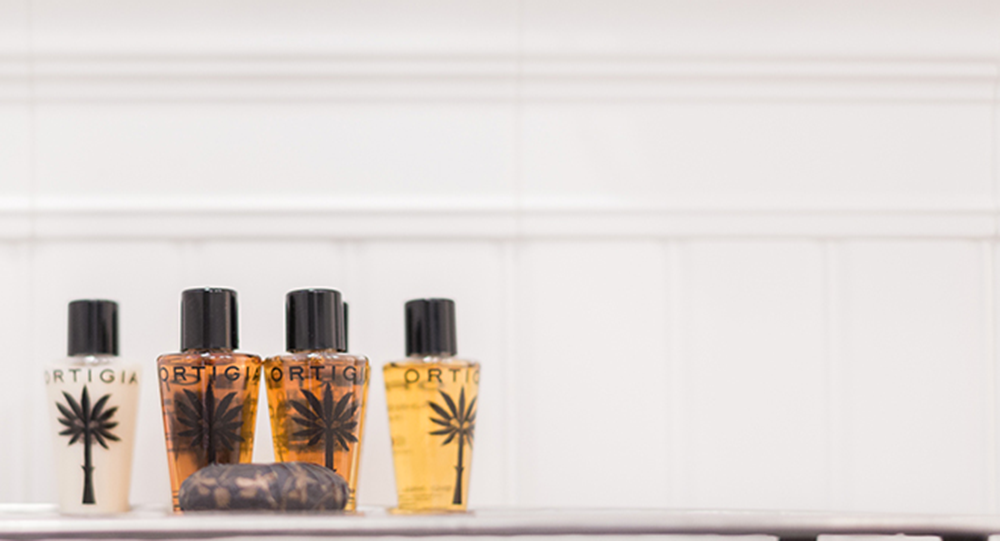
Ortigia Sicilia Home
Ortigia is a small Italian soap and scent company founded in Sicily in 2006 by Sue Townsend. The luxurious range of soaps, scents, creams, candles and lotions are formulated using natural products indigenous to Sicily and inspired by the aesthetics, colours and scents of Italy’s most historic and tropical region.
The perfumes are distilled from the flowers of Sicily by master perfumer, Lorenzo Villoresi. The base of all the products is natural perfume and natural ingredients: olive oil, vegetable glycerine, and organic colours. Paraben-free,the range uses traditional products with modern ethics and integrity.
All Ortigia products are made by small family companies who pride themselves on the quality of their products. The highly decorative packaging is designed by Sue Townsend and draws on exotic Sicilian images and colours.
The name Ortigia comes from the small island that lies at the edge of the ancient fortified city of Siracusa, on Sicily’s southeastern coast.
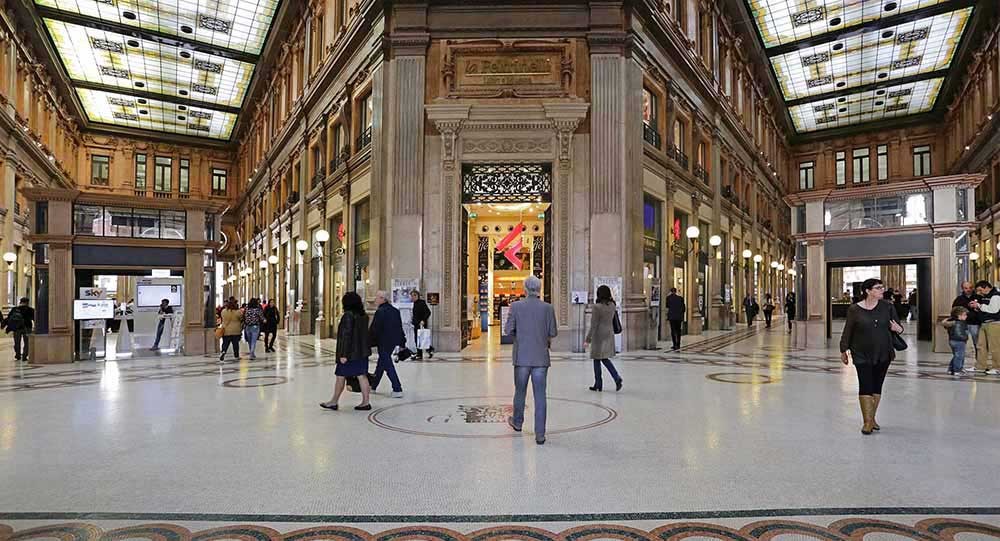
Galleria Colonna
A shrine to Industry and Commerce: this is how the people of Rome envisaged the Galleria in Piazza Colonna when it was inaugurated in October 1922, with its shops and bank branches therein, completed after years of work. With its majestic presence on via del Corso, Galleria Colonna represented the inauguration of a building of huge dimensions, multifunctional in its purpose since it was intended both for office use and retail purposes, built after an intense debate, which started during the very first years of Rome as capital, and in pursuance of a project of exceptional ambition.
The Gallery is situated at the centre of Campo Marzio, in front of the column of Marcus Aurelius, facing the square from where it is possible to admire prestigious architectures of the modern Rome, and in particular the 16th century palace which belonged to Agostino Chigi during the 17th century.
Today the Galleria in Piazza Colonna is one of the most renowned and charming places in the city, both due to its central location, as well as due to is prestigious architectural design, without excluding the myth which has always veiled this place.
